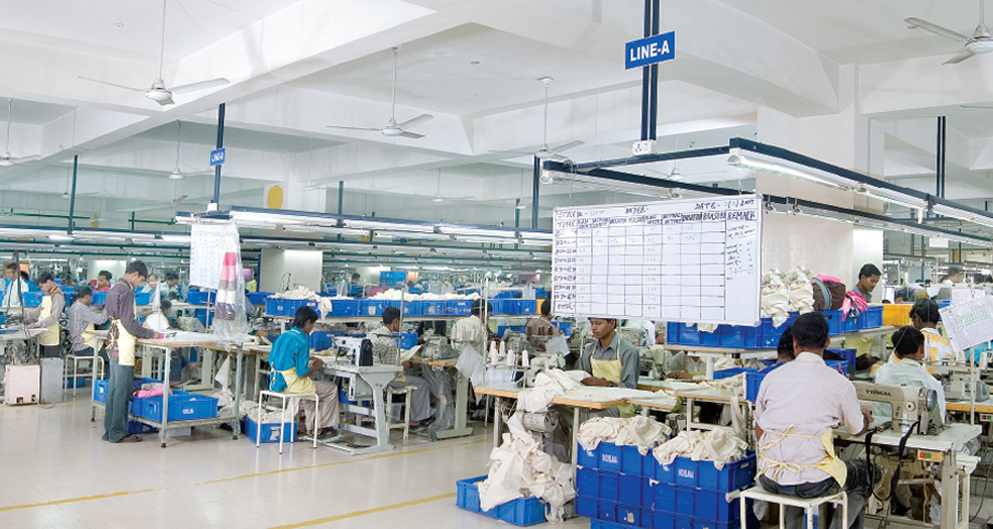Garment Exporting is a prominent industry in India. India has witnessed a significant surge in garment exports in recent years. The increasing opportunities are setting its position as a prominent player in the global textile and apparel industry. The reason behind the remarkable growth is a combination of factors that have created a favorable environment for the Indian garment exporting sector. This article delves into the five key factors driving the growth of garment exports and garment export companies in India.
Promotional Schemes and Support from the Government
A major role in the growth of the garment exporting industry is played by the Indian Government. It has provided much-needed support to manufacturers and exporters through various promotional schemes and policies. Initiatives like the ‘Make in India’ campaign, ‘Zero Defect Zero Effect’ or ‘Textile Upgradation Fund Scheme’ have encouraged businesses to enhance their production capabilities and quality. Additionally, the implementation of the Goods and Services Tax (GST) has streamlined tax procedures. It has reduced bureaucratic hurdles and increased efficiency manifolds. These measures have significantly bolstered the confidence of garment exporters.
Boosting Exports
The ever-expanding export opportunities are a fundamental driver of the garment industry’s success in India. International trade agreements are opening up new markets for Indian textile and apparel products. This increased access to global markets has allowed top exporters of garments to tap into a vast consumer base. The simplification of trade processes and reduction in trade barriers have made exporting more lucrative and convenient for garment manufacturers.
Advancements in Digital Textile Technologies
The rapid evolution of digital textile technologies is revolutionizing the garment industry. Cutting-edge digital printing techniques along with computer-aided design (CAD) systems have brought about a paradigm shift in production methods. These technologies enable manufacturers to create intricate and customizable designs with precision. The adoption of automation in manufacturing processes has significantly reduced production time and costs. This not only enhances the quality of products but also makes Indian garment exports highly competitive in the global market.
Scope of Self-employment Opportunities
One noteworthy aspect of the growth in Garment exporting companies in India is the increased scope for self-employment. The development of small-scale garment manufacturing units, often managed by individuals or small groups, has witnessed a substantial upsurge. This has been largely facilitated by the ‘Sustainable and Holistic Advancement of Rural Economy’ (SHARE) program and other similar initiatives. These self-employed entrepreneurs often benefit from government training programs, financial support, and access to markets, which empower them to play an integral role in the export ecosystem.
More Jobs for Women
The garment industry in India is proving to be a significant source of employment, especially for women. Women form a substantial portion of the workforce in this industry. The growth in exports is creating new job opportunities for them. It’s an industry that accommodates a diverse skill set. This allows women to find employment opportunities in design, production, quality control, and even management roles. This not only empowers women economically but also contributes to gender diversity in the workplace.
Conclusion
In conclusion, the growth of top garment exporters can be attributed to a confluence of factors. The unwavering support from the government through promotional schemes and trade policies has been instrumental in bolstering the industry. The expansion of export opportunities and the simplification of trade procedures have broadened the horizons for Indian garment manufacturers. Advancements in digital textile technologies have enhanced productivity and quality, making Indian products more competitive on the global stage. The garment exporting industry in India is poised for sustained growth, further establishing itself as a global leader in the textile and apparel sector with these five key factors working in tandem.







